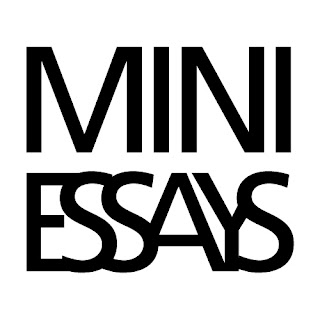“There’s nothing to say about the music. Don’t write about the music. The music speaks for itself.” Miles Davis to music critic Ralph J. Gleason.
The performance of jazz is often characterized as humourless, an exercise in, at worst, superiority, at best, virtuosity. Or, to quote the Bonzo Dog Doo-Dah band, the limits of jazz are “delicious hot, disgusting cold”.
Of course, those limits have been hotly debated since its emergence. The word itself has been the subject of much criticism, with Duke Ellington deploring its seediness and Charles Mingus kicking against its association with “the whole back-of-the-bus bit”. Jazz musicians (or at least, wise jazz musicians) are often leery about pinning down what it is that they do. When asked what jazz was, Fats Waller is said to have replied, “Lady, if you have to ask, forget it.” In answer to the same question, Louis Armstrong gnomically growled, “Jazz is what I play for a living.”
The representation of jazz often insists upon a divide between performers and audience, as though the latter is excluded from the moment of improvisation. Equally, those seeking to politicize jazz can run the risk of simplifying the dialogue between musician and listener. These are the squares who deplore Armstrong’s clowning as Uncle Tom-ism.
Certainly, Hollywood has propagated a lot of unhelpful stereotypes. If we are to believe ‘Blues in the Night’ (1941, Anatole Litvak) or ‘Young Man with a Horn’ (1950, Michael Curtiz, retitled ‘Young Man of Music’ by nervous British distributors), white jazz musicians spend most of their time masochistically fretting about not being black. Black jazz musicians generally mentor, drink, and die.
None of this ever gets close to the joyous exploration that, for me, exemplifies jazz as a musical form, what Whitney Balliett called “the sound of surprise.”
The generosity with which moments such as these are discovered and shared is eloquently conveyed in Gjon Mili’s documentary footage of jazz performance. In particular, look at the beginning of the short film entitled ‘Improvisation’ (1950), a collaborative work with Norman Granz. One of its great pleasures is the opportunity it affords us to observe musicians listening to each other.
In one shot, the venerable tenor saxophonist Coleman Hawkins essays a solo as Charlie Parker sits and watches. It is a collision of two worlds - swing, and its descendant, bebop. As Hawkins blows a particularly felicitous phrase, Parker smiles off-screen to a fellow musician and nods his head appreciatively toward Hawkins. It’s a wonderful visual record of spontaneous response, of Parker being surprised and amused and impressed all at the same time. It’s as though he’s asking, “Did you dig that too?”
There’s a whole other essay in the inherent self-parody of jazz slang. Here, it’s enough to note that, yes, we do dig Hawk, and we also dig Bird digging Hawk. Like Charlie Parker, we smile, because jazz needn’t always be about laughin’ to keep from cryin’.
Nicolas Pillai



No comments:
Post a Comment